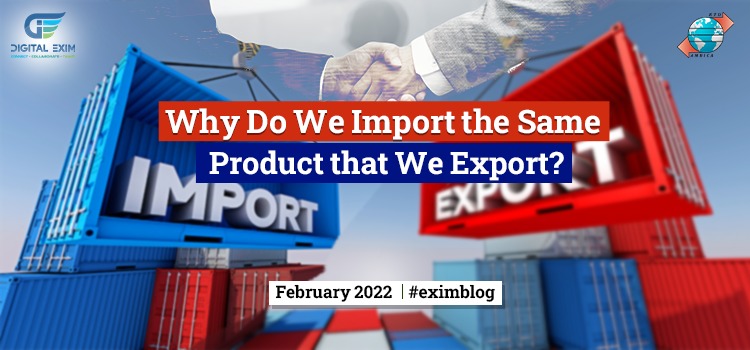In the field of supply chain management, flexibility is a concept that is always changing and developing. Traditional supply chain management is strictly structured, and even little disruptions can have significant effects. On the other side, supply chain flexibility fosters a readiness to adapt and respond to changes fast while removing important risks in the process. Flexibility is advantageous because it increases options and enables prompt and effective reactions to emerging situations. You can learn more about this in import export course in Ahmedabad. After many trials and error and setbacks, it is now obvious how important a company’s supply chain is to its entire success. Supply chain operational risk is supported by four pillars: supply, demand, process, and environmental ecosystems. It is essential to understand how to recognise and control these risks if you want to create a supply chain that is adaptable to the fast-paced, constantly changing environment of today. Additional subcategories under each of these pillars, such as business hazards, the political environment, and trade disruptions, all add to the risk category. These are the elements that make it more difficult for supply chain managers to make decisions. Let’s find out here briefly what are the different forms of supply chain flexibility and how they help the supply chain risk management process adapt to changing demands.
9 Types of Supply Chain Flexibility
Volume
To fulfil supplier needs and avoid issues with inventory levels, volume flexibility offers solutions to react and adjust to volume fluctuations in orders.
Scheduling
Production and delivery schedule adjustments are possible with flexible scheduling.
Physical
Physical flexibility is the ability to move objects around in a warehouse setting to facilitate simple picking, packing, loading, and sorting of merchandise.
Design
Flexibility in design enables product features to be updated, remarketed, and/or adjusted to changing market and consumer demands.
Material
The process of switching out products for modifications that modify value, standards, and/or client needs is made possible by material flexibility.
Energy
Diverse fuel sources are used by energy flexibility to meet all operational needs.
Lead Time
Delivery timings are controlled via lead time flexibility using processing default times.
Supply Chain Design
Flexibility in supply chain architecture makes use of technological setups to communicate data and information in support of operational and customer needs.
Logistics
Getting a product from point A to point B using any form of transportation is known as flexible logistics. Reviewing the aforementioned flexibility models, we can see that one is distinct but complements the others to provide competitive benefits. The current supply chain is intricate and fraught with dangers. Knowing where there is flexibility in the supply chain can save money and time, which is essential for effective operations and decision-making. All of these processes depend on cooperation and communication between various stakeholders, which is essential to their success. A flexible supply chain ensures brand exposure, market expansion, and competition on a worldwide scale. These flexibility models help you better understand the flow of your supply chain processes, which improves your connections and results in better products and prices. Higher sales, pricing, and success for your business will result from meeting supply demands and running efficient operations.
















